Nature and greenery are good for you; we all know that by now. But is it also possible to improve your health by actively seeking out greenery or by getting involved in greenery yourself? That is, can you improve your health simply by taking an action? This is something Wageningen University and practice partners are researching in the PARTIGAN project. PARTIGAN focuses on increasing the amount of green space in the living environment, but also on the use of and the experienced contact with greenery in the city. Specifically, we look at green citizen initiatives: food forests and vegetable gardens that residents develop and maintain in their own neighborhood together with other residents. What does it mean for residents to start volunteering here? What do these green spaces mean to them, and does it affect their health?
Green spaces and health
On average, people in cities have poorer health than people living in the countryside, and this difference is largest for mental health (Verheij et al., 2008). One of the reasons for this difference could be the availability of green space. A living environment with more green space in it is associated with better mental health and lower mortality rates (van den Berg et al., 2015). Making living environments greener seems to be a promising instrument to improve public health. Green citizen initiatives can play an important role in this: places where residents sow seeds, harvest crops, and experience for themselves what it is like to grow food (which often goes to charity).
A photo experiment
But how do you find out what these places actually mean to the garden volunteers? During her bachelor’s thesis for the Health and Society degree program at Wageningen University, Berber Bergstra researched this using a participatory photography method: Photovoice. Bergstra gave participants in various green initiatives in Arnhem and Nijmegen four photo assignments, namely: (1) take a picture of your favorite spot in the garden, (2) take a picture of your least favorite spot/something you find difficult, (3) take a picture of something you have learned in the garden, and (4) take a picture of something you would like to share with others (neighborhood, community, friends, family), something you are proud of. This resulted in beautiful, varied photos and stories that we are happy to share here.
Favorite: nature
A place in nature is most people’s favorite spot. Where peace and infinity, but also the function for insects are important. One participant indicated a garden’s central meeting point as her favorite place. She says that it is the place where she meets other people, which energizes her.

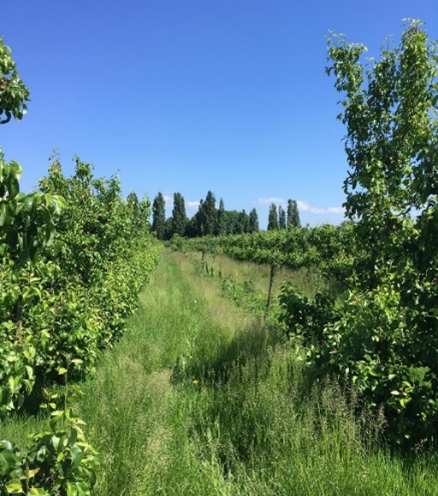
Least favorite: weeds
Things that are experienced as less enjoyable by the participants are also related to nature. The weeds that keep growing, but also the task of weeding is seen as least favorite. Besides that, weather influences prove to be difficult, but this must be accepted because you cannot do anything about it. In addition, human influences, such as the mess they can make in a shared space, are difficult. One participant states that a clean and tidy place radiates peace and care.


Learning in the garden
All participants have learned something from other people in the garden, mostly about nature and gardening. This concerns new techniques related to gardening, such as permaculture. One participant links this to life in the bigger sense and states to have learned that you need to follow your dreams. Participants also mention that they think it is important to help other people. One garden in Arnhem, Stadslandbouw Mooieweg, grows fresh produce for the local Food Bank. In this process, a careful selection of the crops is an important aspect.
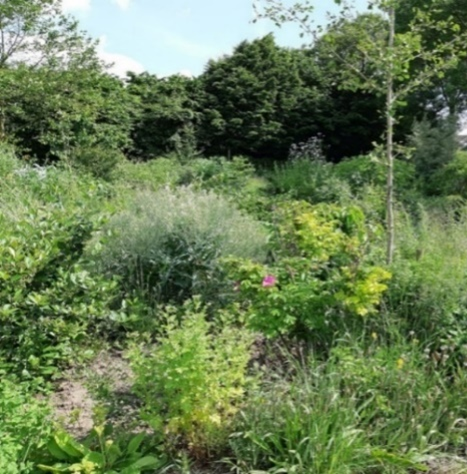
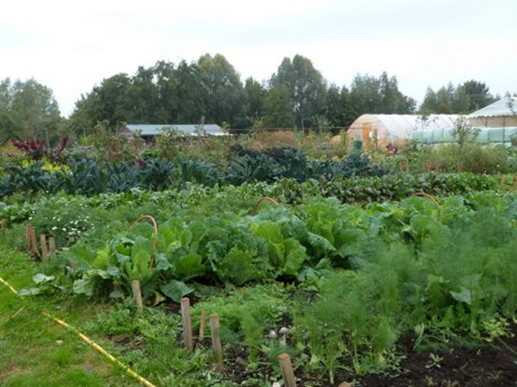
Proud of the garden
Our research shows that the garden volunteers are proud of “their” green initiatives. Bringing together different people is seen as important, not only for the people within the green initiative but, also for society as a whole. The atmosphere at the initiatives, the healthy food, the work as a volunteer, the favorite places, the diversity of people, and the initiatives in their entireness are looked at with great pride.

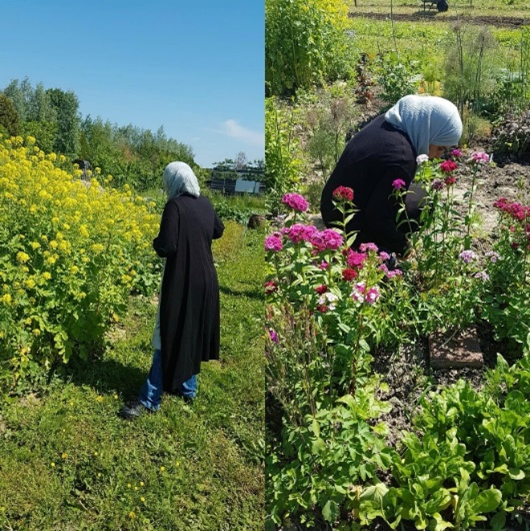
Green initiatives and health
Photovoice has been a great tool for getting an idea of the meaning that green initiatives have for the people who are involved in the garden, and what this can mean for their well-being. The green initiatives are seen as educational places where many different people come together and where everyone can do what they want. They are places where peace can be found, but also where you can mean something to someone else. The participants are proud of the initiatives and would like to share it with people around them.
Additional research at these locations revealed that active involvement in green community initiatives benefits your health. We found positive well-being outcomes on six dimensions: sense of safety and trust, meaningful involvement, personal development, social connection, sense of ownership, and a healthy lifestyle (Derkzen et al., 2021). Green initiatives are examples of bottom-up places in the city that can promote the physical, mental, and also social health of residents.
References
Derkzen, M.L., Bom, S., Hassink, J., Hense, E.H., Komossa, F. and Vaandrager, L. (2021). Healthy urban neighborhoods: exploring the well-being benefits of green citizen initiatives. Acta Hortic. 1330, 283-292
DOI: 10.17660/ActaHortic.2021.1330.34van den Berg, M., Wendel-Vos, W., van Poppel, M., Kemper, H., van Mechelen, W., & Maas, J. (2015). Health benefits of green spaces in the living environment: A systematic review of epidemiological studies. Urban Forestry & Urban Greening, 14(4), 806–816. https://doi.org/10.1016/j.ufug.2015.07.008
Verheij, R., Maas, J., & Groenewegen, P. (2008). Urban-Rural health differences and the availability of green space. European Urban and Regional Studies, 15(4), 307–316. https://doi.org/10.1177/0969776408095107
Marthe Derkzen and Berber Bergstra
Arnhem/Nijmegen, Wageningen

about the writer
Berber Bergstra
Berber Bergstra is a 21 year old student who just finished the bachelor Health & Society at Wageningen University, during which she wrote her bachelor thesis about the meaning of green initiatives such as common vegetable gardens. She is currently on an exchange semester in Denmark for her master's Health & Society.






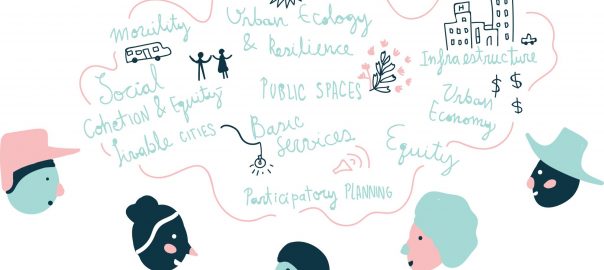


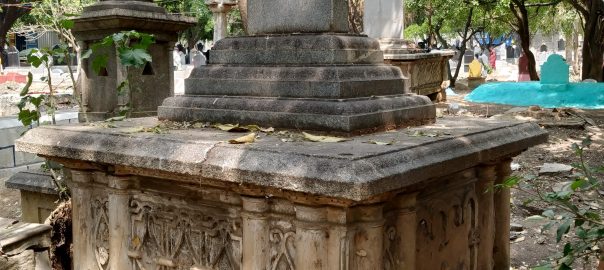
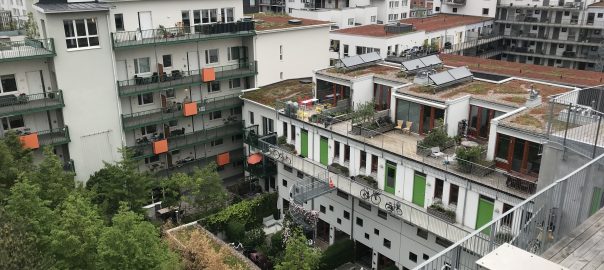

Add a Comment
Join our conversation